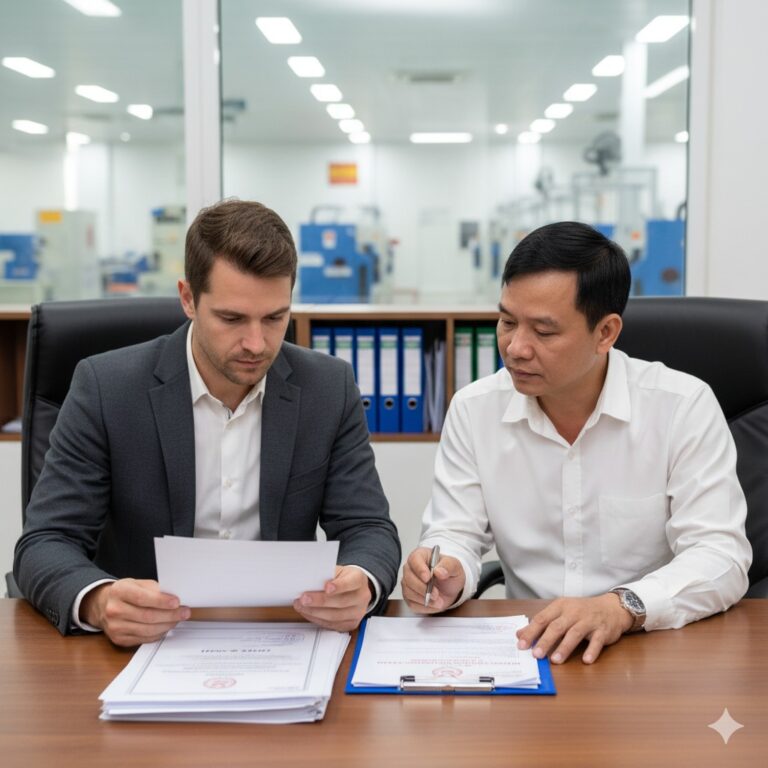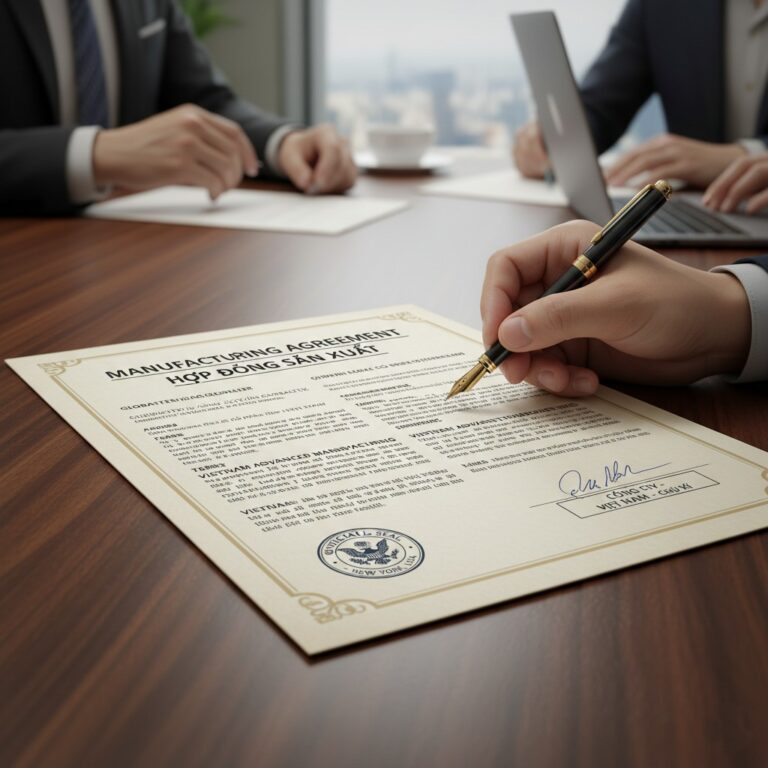Negotiation is a critical part of the sourcing process, but it’s often misunderstood. The goal isn’t just to force the lowest possible price; it’s to build the foundation for a sustainable, long-term partnership. In Vietnam, where relationships (quan hệ) are a cornerstone of business, your negotiation approach can make or break a deal.
Here are 7 techniques to help you negotiate more effectively and achieve a better overall outcome.
1. Be Over-Prepared
Enter every negotiation with as much information as possible. This includes having quotes from 2-3 other suppliers, knowing the market rate for your product’s raw materials, and having a clear “walk-away” price. When a supplier knows you’ve done your homework, they are more likely to offer their best price from the start.
2. Build Rapport Before Talking Price
Don’t jump straight into demanding a lower price. Start with introductions, ask about their company’s history, and show genuine interest in their business. Building a respectful, friendly relationship first is a key cultural nuance that signals you are looking for a long-term partner, not a one-time transaction.
3. Negotiate More Than Just the Price
The unit price is only one part of the deal. If a supplier is firm on their price, explore other areas where you can find value. This is often where the best deals are made.
- Payment Terms: Can they accept a 20% deposit instead of 30%? Can the final balance be paid after a successful QC inspection?
- MOQ: Can they lower the minimum order quantity for your first trial order?
- Packaging: Can they include higher-quality custom packaging at no extra cost?
- Incoterms: Will they cover inland transport costs to the port (FOB)?

4. Always Justify Your Price Request
Instead of just saying “your price is too high,” provide a logical reason. For example: “Our target retail price requires a landed cost of $X. With your current FOB price of $Y, we can’t meet that target. If you could get to $Y-minus-10%, we would have a viable product.” This turns a demand into a collaborative problem to solve.
5. Be Patient and Respectful
A high-pressure, “take it or leave it” approach rarely works well. Business negotiations in Vietnam can take more time than in the West. Show patience, be willing to have multiple conversations, and never show frustration. A calm, respectful demeanor will earn you more goodwill and better results.
6. Never Rely on a Verbal Agreement
A friendly conversation and a handshake are important for relationship-building, but they are not a contract. Any key point you agree upon—price, specifications, lead time—must be documented in writing immediately, first in a follow-up email and then in a formal Proforma Invoice (PI) or Purchase Order (PO).
Effective negotiation in Vietnam is a nuanced skill that blends preparation with cultural understanding. Experienced local sourcing agents often secure better terms for their clients due to their long-standing factory relationships and deep understanding of the local business culture.
7. Always Be Willing to Walk Away
If the terms don’t meet your essential requirements and the supplier is unwilling to find a compromise, you must be prepared to thank them for their time and walk away. This is your strongest negotiation tool.
Aim for a Win-Win Partnership
The best negotiation isn’t about winning; it’s about creating a deal where both you and your supplier can thrive. By using these techniques, you can move beyond a simple price discussion and build a strong, mutually beneficial partnership that lasts for years.
Let EQSource’s experienced negotiators secure the best possible terms for your next order. We leverage our local relationships and expertise to create win-win outcomes. Contact us to learn more.





